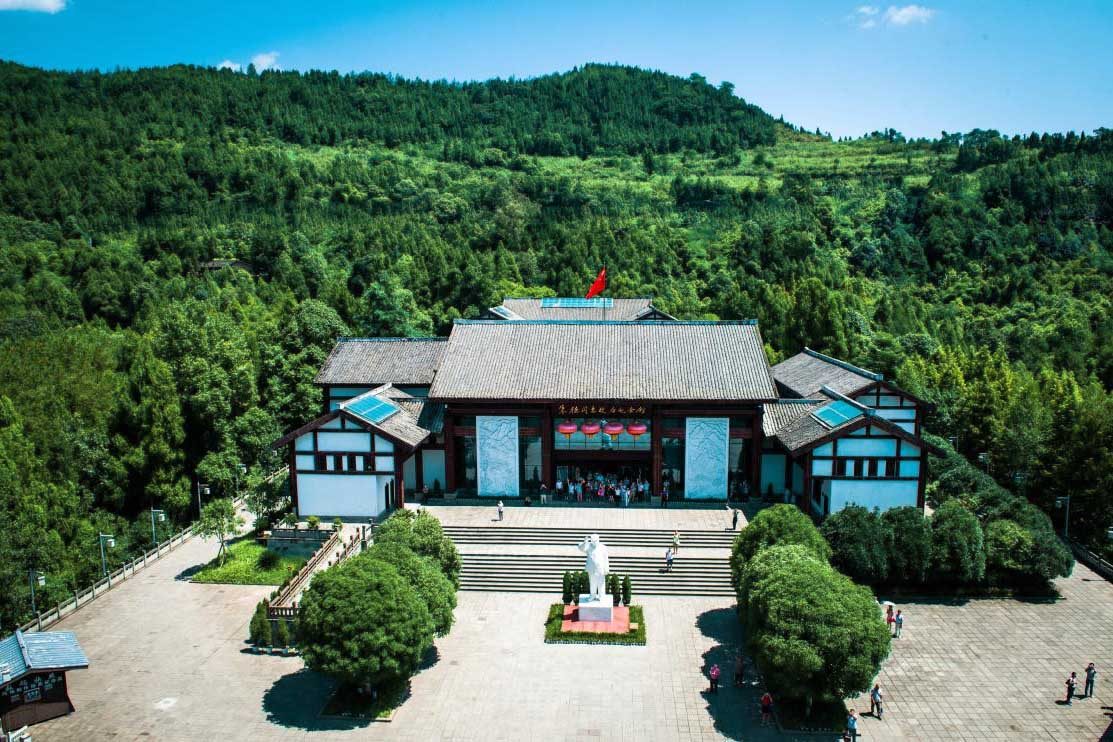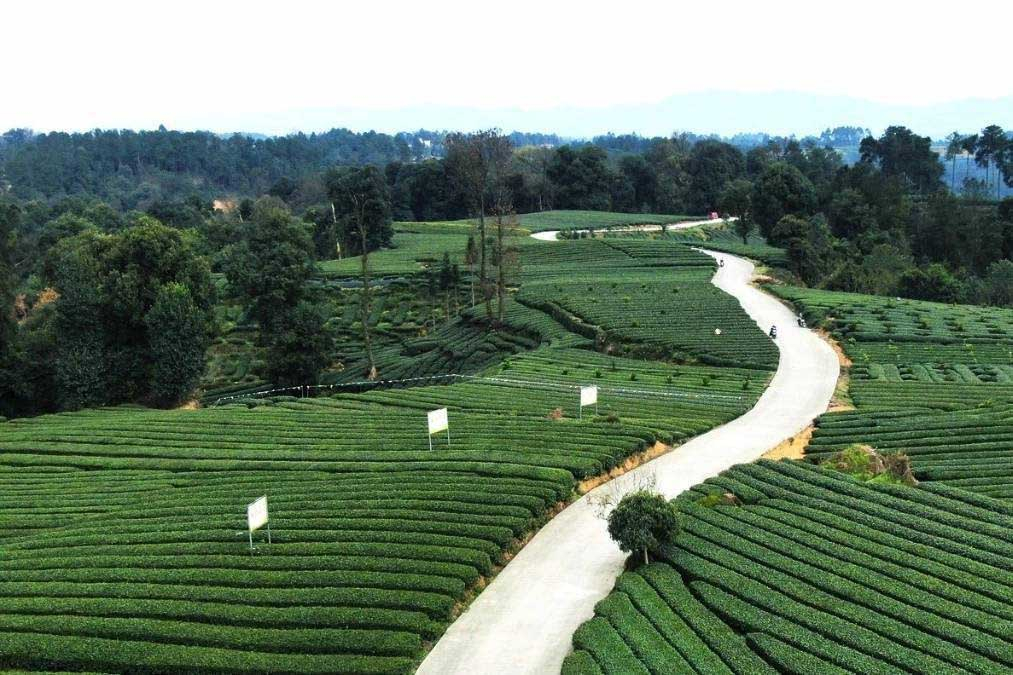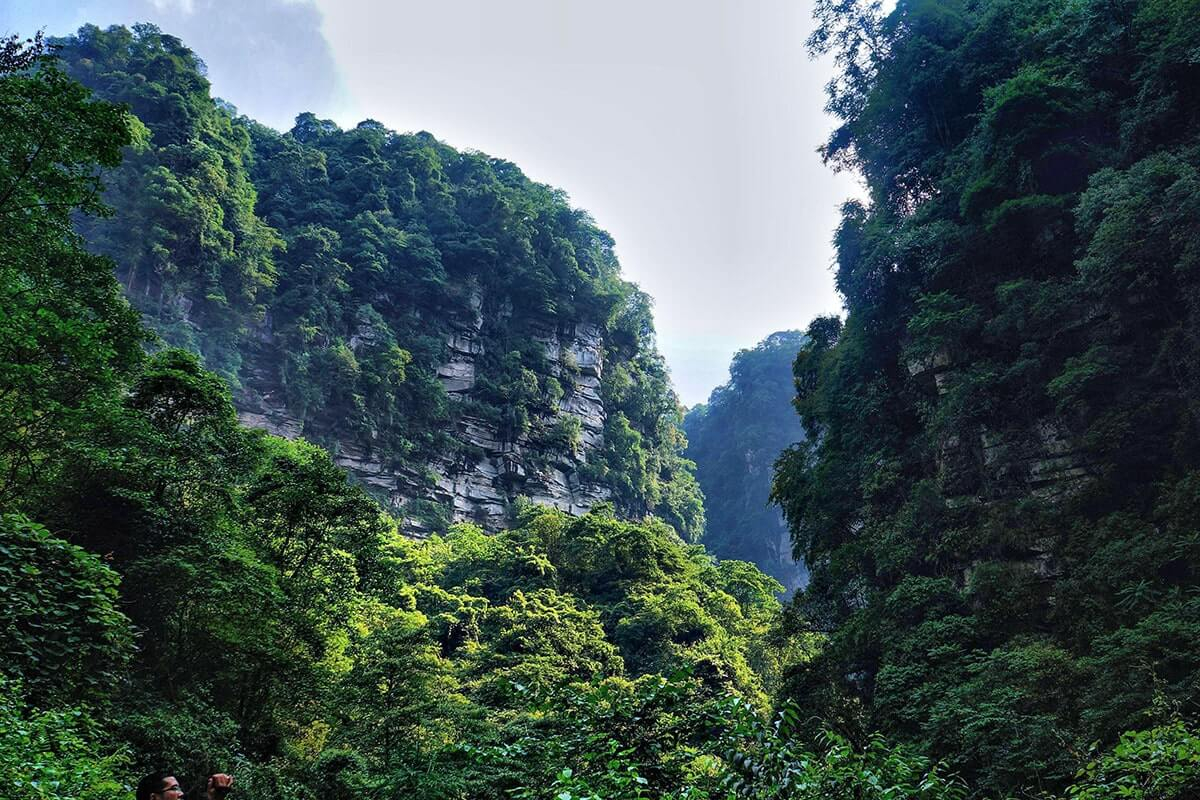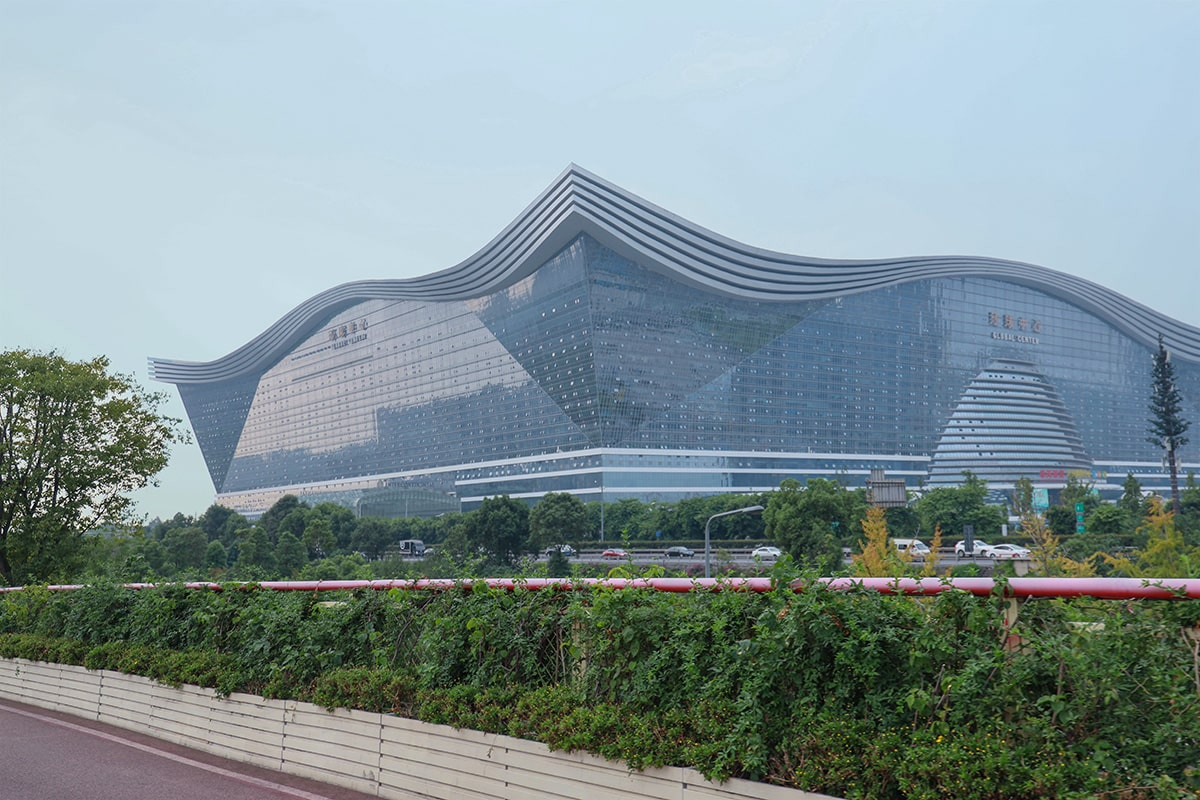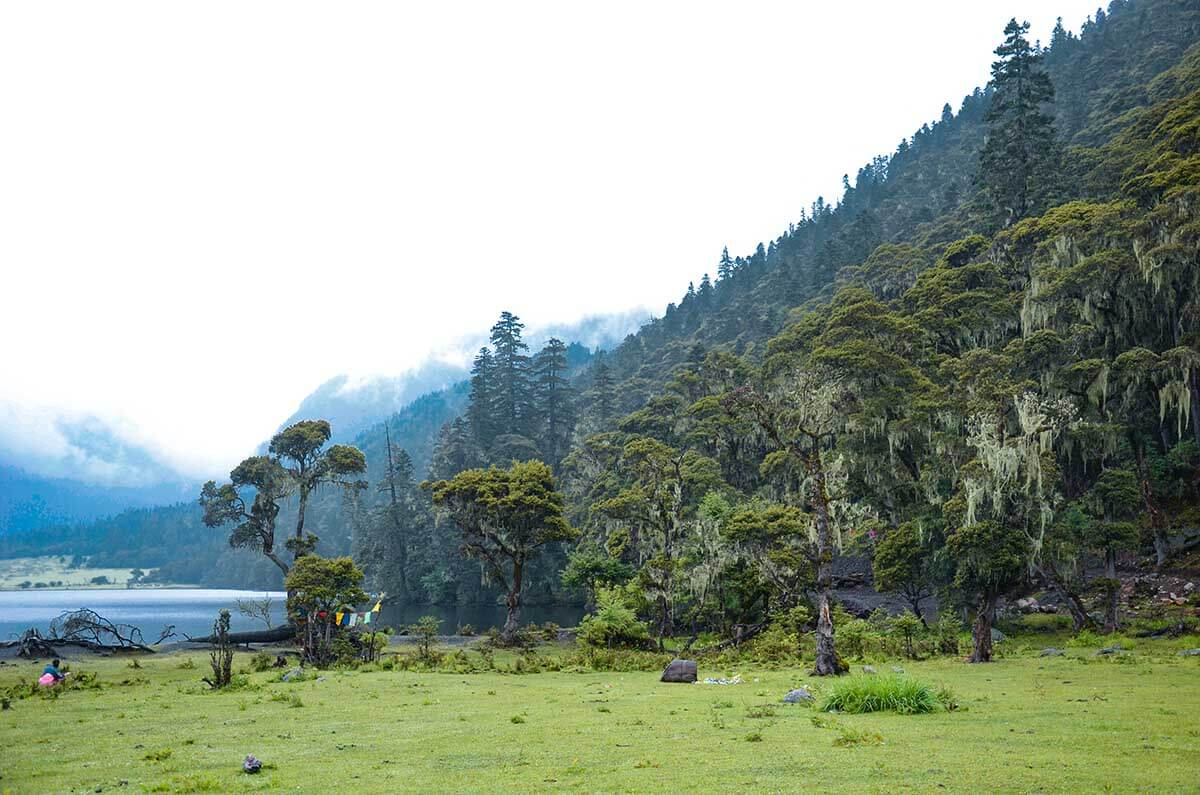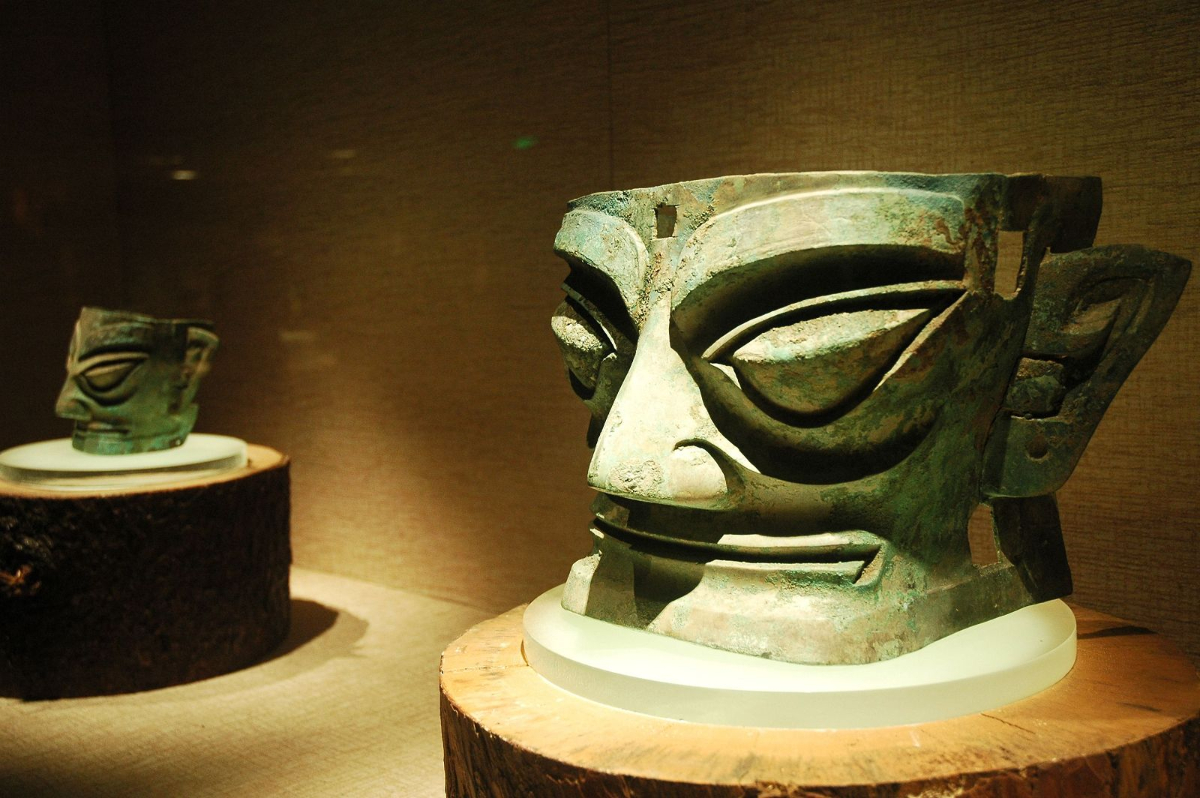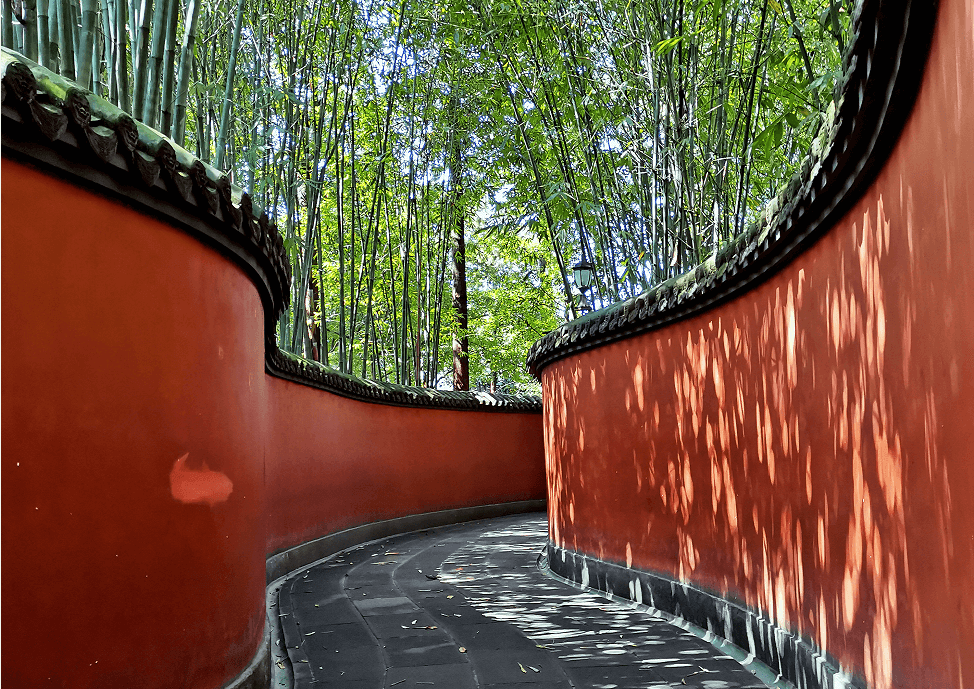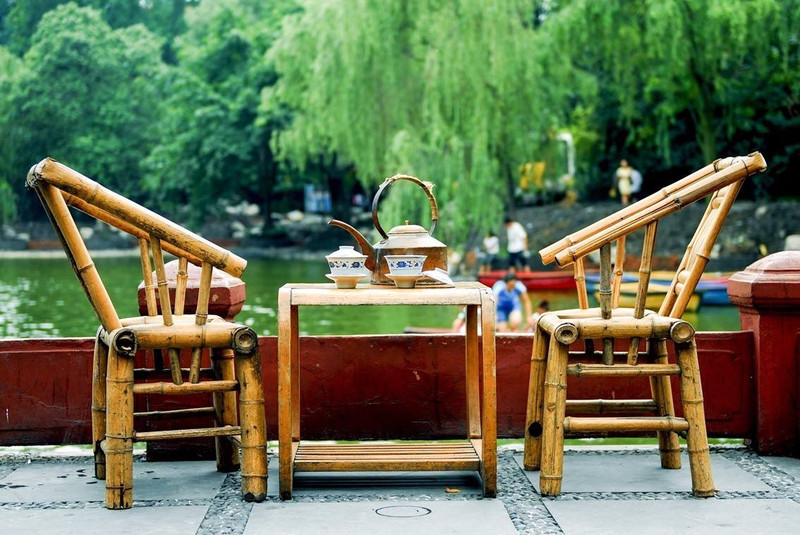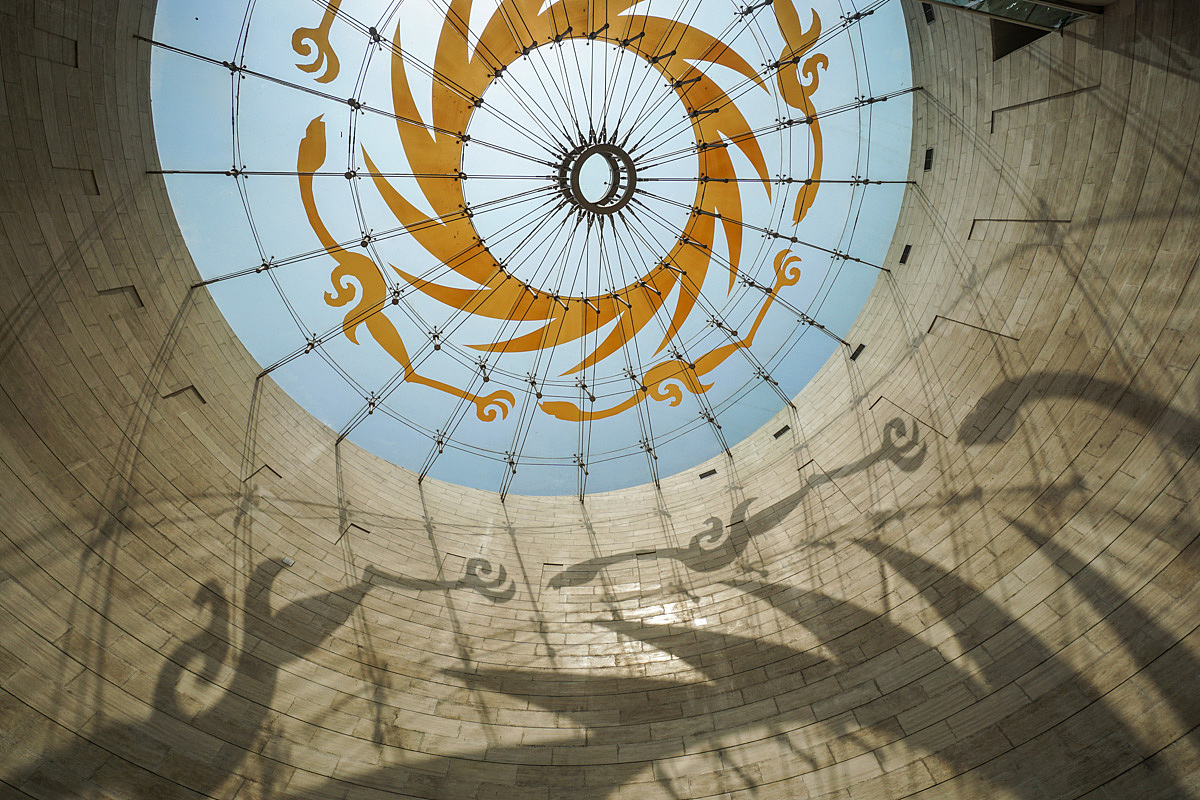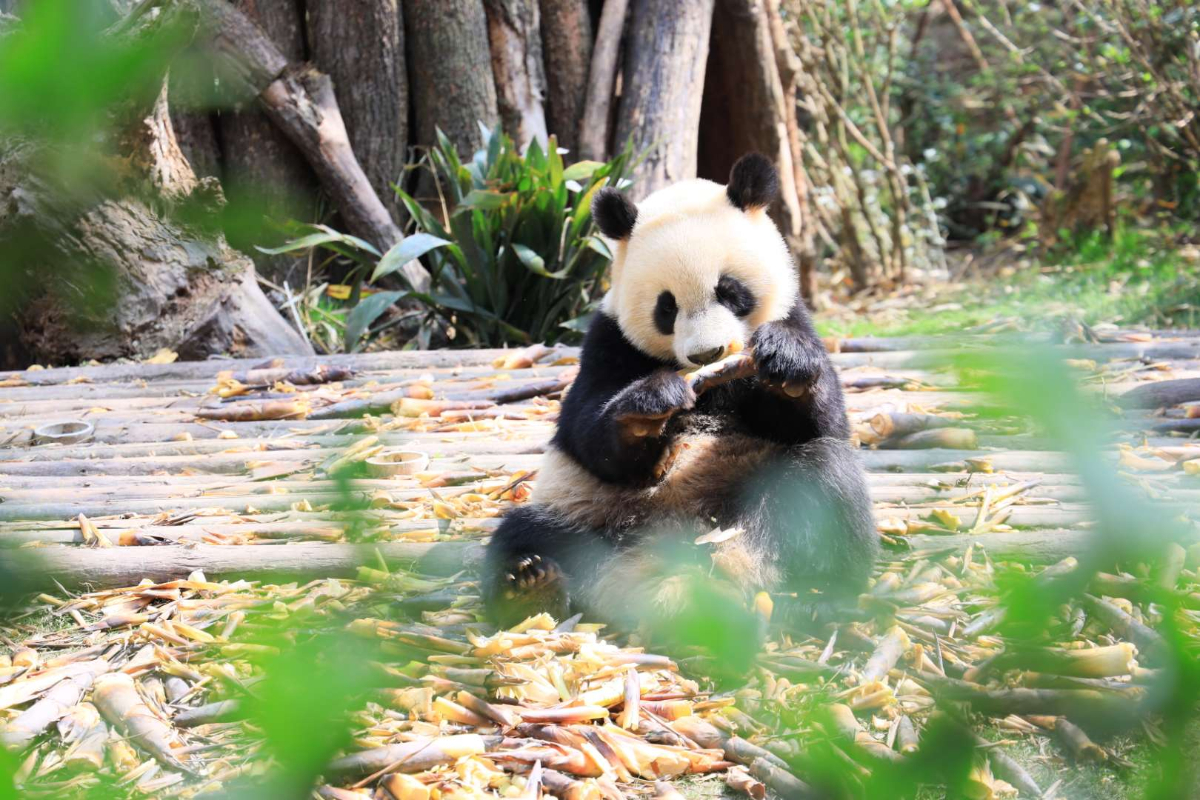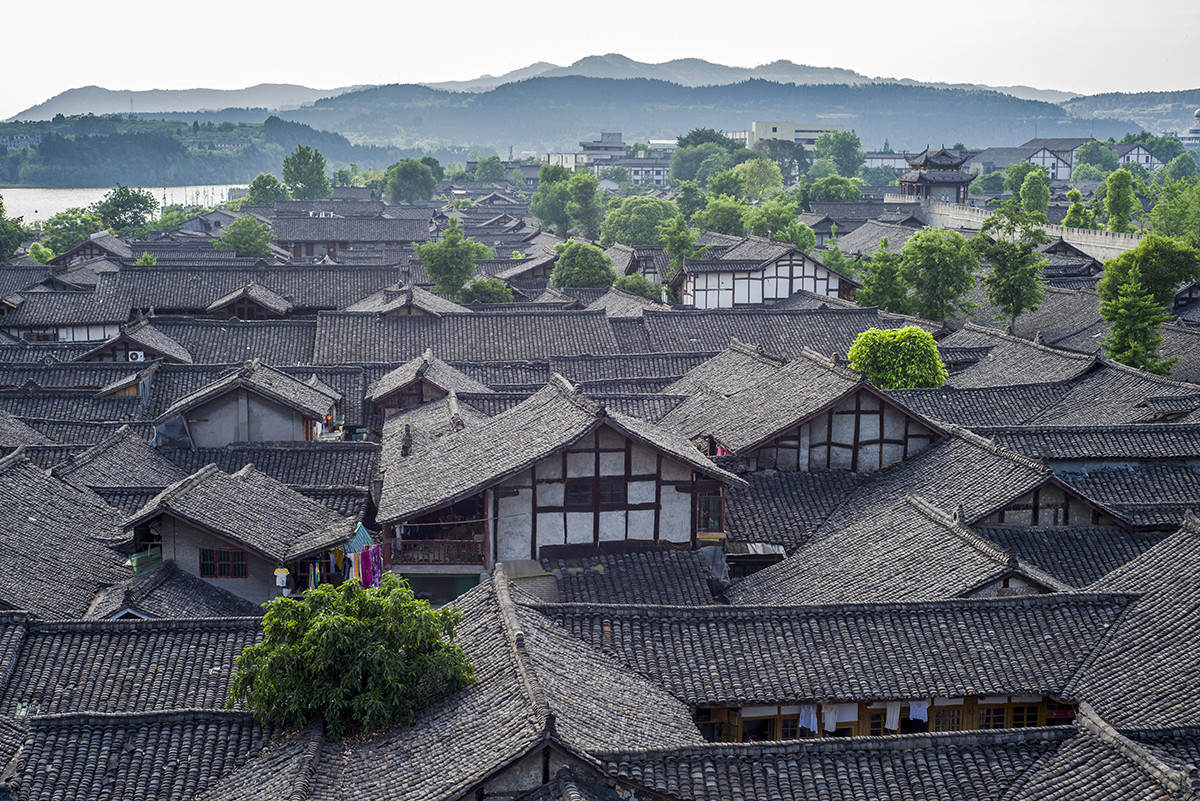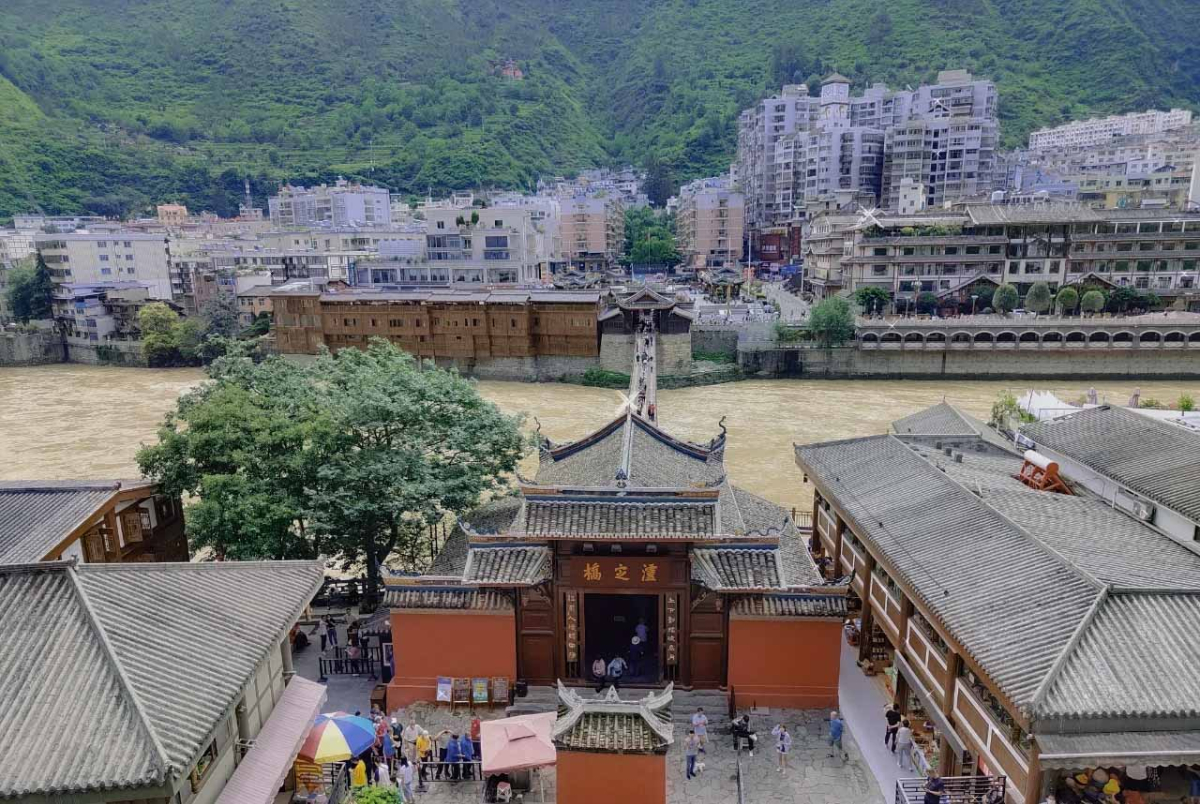Qingyang Temple
Chinese Name: 青羊宫 (Qing Yang Gong)
Location: No.9, the No.2 Section of the First Ring Road West, Qingyang District, Chengdu, Sichuan Province
Ticket: Entrance ticket CNY10.00
Estimated tour time: 1 hour
Recommended time to visit: All year round.
Nearby attractions: Wide&Narrow Alley, People’s Park, Chunxi Road, Wuhou Shrine, Jinli Street, Dufu Thatched Cottage, Jinsha Site Museum, etc.
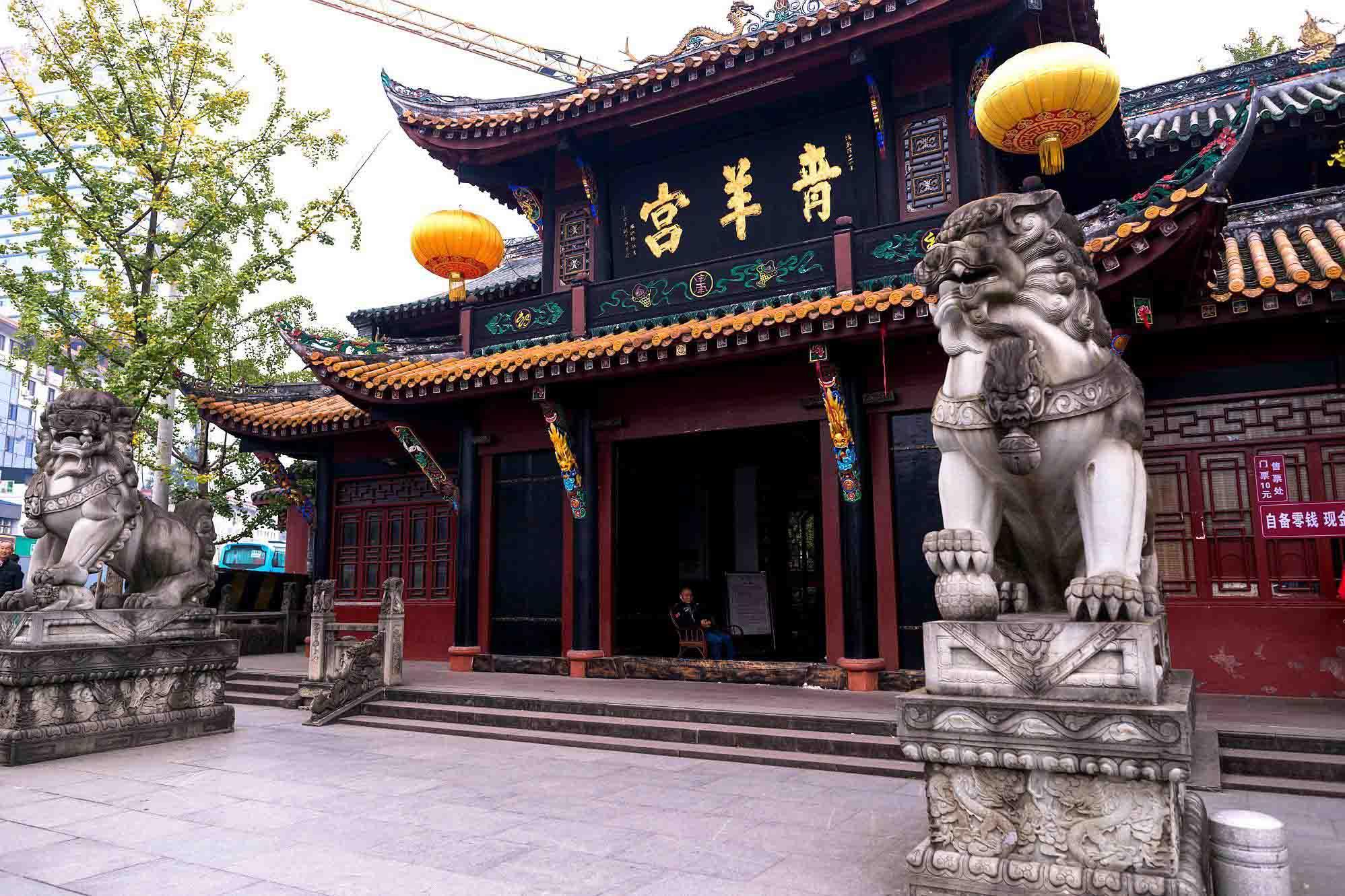
Located alongside Culture Park, this is Chengdu’s oldest and most extensive Taoist temple. It dates from Zhou dynasty (1046B.C.---256B.C.), although most of what we see is built in Qing (1636-1912 A.D.). The origin of Qingyang Temple is directly related to Laozi (Lao Tzu), the founder of Taoism. It is topped as the No.1 Taoist Temple in Western Sichuan, as well as one of the top five prestigious historic sites in Chengdu.
It is said that Lao Tzu once rode a balck ox to pass the Hangu Pass, and prelected Tao Te Ching for the magistrate there, Yin Xi. Half way through, Lao Tzu had something to go, so he said to Yin Xi, "come and meet me at Qingyang Si (Shop) in Chengdu after you advocate and carry out Taoism for a thousand days.". A thousand days later, as expected, Lao Tzu came to Chengdu to continue to preach to Yin Xi. Therewith, this place gradually became a Taoist holy place. Every year on the 25th day of the lunar calendar (the birthday of Lao Tzu), a grand temple fair is held in Qingyang Temple.
It consists of eight main buildings, namely Lingzu Hall, Hunyuan Hall, Bagua Pavilion, Sanqing’s Hall, Doumu’s Hall, the Tang Emperor’s Hall, the Re-birthplace of Lao Tzu and the Lecture Platform.
● Highlights of Qingyang Temple
Bagua Pavilion (Eight Trigrams Pavilion)
Bagua means eight trigrams. The eight trigrams are symbols used in Taoist cosmology to represent the fundamental principles of reality, seen as a range of eight interrelated concepts. Each consists of three lines, broken or unbroken, respectively representing Yin or Yang. The eight trigrams are related to Tai Chi and Five Elements philosophy. Referred as hexagrams, the Sixty-four pairwise permutations of trigrams were compiled into the Book of Changes (I-ching) by King Wen.
This pavilion is 20 meters (66 feet) in height and 17 meters (56 feet) in diagonal. It contains eight pillars carved with 81 dragon patterns.
Sanqing’s Hall (Taoist Trinity Hall)
Sanqing’s Hall is devoted to the top three gods of Taoism. Taoists call them the three gods of purity, namely Yuqing, Shangqing and Taiqing. They are regarded as the three pure manifestations of Tao and the origin of all sensitive beings in which Taiqing refers to Lao Tsu.
Bronze Rams
There are two bronze sculptures of rams in front of Sanqing’s Hall. One is uni-horned and the other one is bi-horned. The uni-horned is called green ram. It was placed in Qingyang Temple in 1723 by Zhang Penghe. Zhang Penghe used to be the Minister of Personnel of Qing government. The ram is different from common ones. It is cast to rat’s ears, a cattle’s nose, tiger’s claws, a rabbit’s back, a dragon’s horn, a snake’s tail, a horse’s mouth, a goat’s beard, a monkey’s neck, rooster’s eyes, a dog’s belly, and pigs hips. The bi-horned ram was cast in 1829 offered by a local Taoist follower.
- HOTEST
- RECOMMEND


